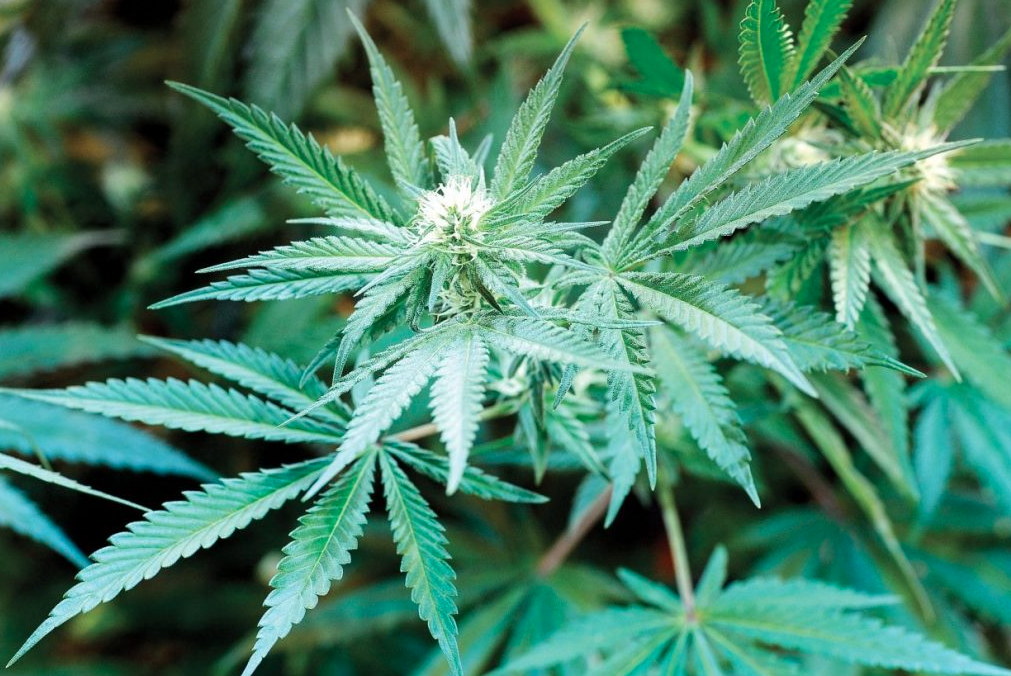Colorado’s marijuana sales and tax revenue are back on the decline after a hopeful end to 2023, indicating there’s more fueling the market than simply recovering from the pandemic.
The falling demand is largely due to two main factors: decreased consumption following a pandemic-fueled surge, and the legalization of marijuana across other states in the country, according to the September 2024 Economic and Revenue Forecast report.
Presented by the Colorado Legislative Council Staff, preliminary numbers for the 2023-24 fiscal year show a 12.8% decrease in total tax revenue from the marijuana industry compared to the year before.
Colorado’s marijuana tax revenue reached $248.2 million in 2023-24, according to the report. The forecast for the next fiscal year is expected to continue falling before hitting a 3.2% increase in 2025-26.
Most of the state’s revenue from marijuana comes from its 15% excise tax and 15% sales tax, as well as the 2.9% state sales tax on medical marijuana.
Lowered revenue doesn’t directly translate to lower sales, however, as an “oversupply of marijuana” has resulted in lower prices at wholesale and retail levels, according to the report.
Recovering from the pandemic
Marijuana restrictions during the pandemic resulted in a heightened demand from 2020 to 2021, increasing wholesale prices by over 30%. August 2020 saw the largest sum ever collected in marijuana taxes for the state of Colorado, at nearly $39.7 million. Total recreational and medical marijuana sales for that month reached $218.6 million, according to data from Colorado Department of Revenue.
Prices quickly flipped and became the cheapest they have been in several years — around 63% lower — between 2021 and April 2023 when restrictions began to lift and demand started to go down again. After a slight recovery at the end of 2023, prices in Colorado are seeing a dip once again. In June 2024, tax revenue from marijuana reached a monthly total of $17.1 million, the lowest tax revenue since 2017. Total recreational and medicinal sales that month were recorded at $113.7 million.
“Tax revenue from marijuana is falling across most states where recreational marijuana is legal due to declining demand after the pandemic, but states that legalized marijuana early — like Colorado, Washington, and Oregon – are seeing the biggest declines in sales,” the September 2024 Economic and Revenue Forecast report states.
When marijuana prices get too low, cultivators aren’t able to properly support their business and sometimes have no option but to close, bringing marijuana sales down even further. As of the 2023-24 fiscal year, the number of licensed cultivators has fallen by 17% compared to prior years, according to the report.
Neighboring states legalize marijuana
Colorado legalized recreational marijuana in 2012. An additional 22 states (and the District of Columbia) have legalized marijuana since then, with 13 of them legalizing it in the last four years, including nearby states like Arizona, New Mexico and Montana.
“When industries mature, it gets a little bit harder to be profitable. I think we’ve seen some of the marijuana tourism wane a bit as other states have legalized,” Brian Lewandowski, executive director of the Business Research Division at Leeds School of Business, told CU Boulder Today.
Who this impacts
The lowered revenue from the marijuana special sales tax can spell disappointing news for a lot of people, as this revenue helps fund state public schools, local governments, the state’s general fund and the marijuana Tax Cash Fund. Marijuana excise tax revenue, on the other hand, is dedicated to funding school construction.
Preliminary numbers for the 2023-24 fiscal year show that roughly $19.5 million was transferred to local governments in Colorado from its marijuana sales tax, 11% less than the year before. Estimates for the 2024-25 fiscal year, $19 million, continue to dip. Only around 1% of Colorado’s total education budget comes from marijuana tax revenue. According to the Colorado Department of Education, the money is directed to a variety of programs including school construction, bullying prevention and behavioral health.
H/T: www.skyhinews.com



